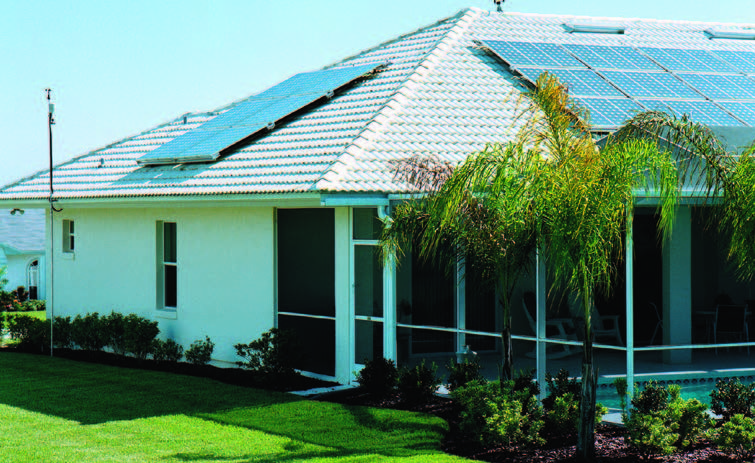The tortured saga of the proposed Levy 1&2 nuclear reactors in central Florida will continue, at least for now. As it stands, the project is closely tracking the sorry history of the first generation of nuclear reactors built in this country: vastly over budget and behind schedule.
Progress Energy Florida first announced Levy in 2008 as a one-reactor project scheduled to come on-line in 2016 and cost $3.5 billion. Last week, Progress announced that the first of two reactors wouldn’t come on-line until 2024, citing “lower-than-anticipated customer demand, the lingering economic slowdown, uncertainty regarding potential carbon regulation and current low natural gas prices,” while the project cost has ballooned to $24 billion. These developments also track the conclusions of Big Risks, Better Alternatives, which found that nuclear power is one of the most costly and risky ways to meet Florida’s future electricity needs.
While few should be surprised by this turn of events, many would be surprised to know that Progress Florida customers are already paying for this plant in their rates. They will continue to pay unless Progress cancels the plant or the state legislature repeals the 2006 advanced cost recovery law that allows utilities to charge customers for new nuclear plants long before they operate, and even if they never get built at all. Given the latest announcement, I’m firmly in the camp that believes Levy will not get built.
Florida’s resistance to developing cleaner, safer alternatives that can be deployed much more quickly than new nuclear reactors is puzzling. The potential to reduce demand for new power plants in Florida is huge: Energy efficiency investments could reduce Florida’s future electricity use by nearly 20 percent. But unlike 22 other states, Florida doesn’t have energy efficiency standards in place and invests little in efficiency, ranking 27th in the nation according to the American Council for an Energy Efficient Economy. Last year, Florida spent only $6.60 per resident on energy-efficiency programs, well below the national average of $14.87 and far behind the leading states. Granted, there’s little incentive for Progress to aggressively promote energy conservation; it’s in business to sell power. But what about the state legislators and public service commissioners, who are supposed to represent the public interest?
Three years ago, Florida lawmakers did require Progress to ramp up its efficiency programs. Last July, however, the PSC ignored the law and threw out the plan because of its modest implementation cost, despite the fact that it would lower electric bills. The PSC allowed Progress to cut its energy efficiency program targets from a modest 3.5 percent to a paltry 2 percent over the next decade. If Progress pursued an efficiency target of 15 percent over the same time frame, it could keep energy use below the state’s peak 2006 levels, making large new reactors unnecessary.
Unlike 29 other states, Florida also has a poor track record developing renewable energy resources. The state has no standards requiring utilities to generate a percentage of their electricity from renewables. It’s a lost opportunity: Big Risks shows that renewables could meet a significant percentage of Florida’s electricity needs.
Instead of prodding Progress Energy and Florida Power & Light (Florida’s other major utility) to promote efficiency and invest in renewable energy, the PSC in October approved rate increases for both utilities to finance new nuclear projects. Ratepayers already are paying $1.1 billion toward the Levy project, although Progress has not made a final decision to build the plant. The Nuclear Regulatory Commission must first approve its license, which is not expected to occur until next year. Progress says it will then decide whether to proceed with the project. Before the latest price hike was announced, the typical Progress Energy retail consumer was on the hook to pay more than $718 in Levy costs per year by 2021. Unless the plant is cancelled customers will be charged even more, although no one can say how much.
Energy efficiency, wind power, biomass and natural gas are all cheaper and less risky than the proposed reactors, and solar costs are declining quickly. With a little effort, Florida could give its motto “The Sunshine State” a whole new meaning.


